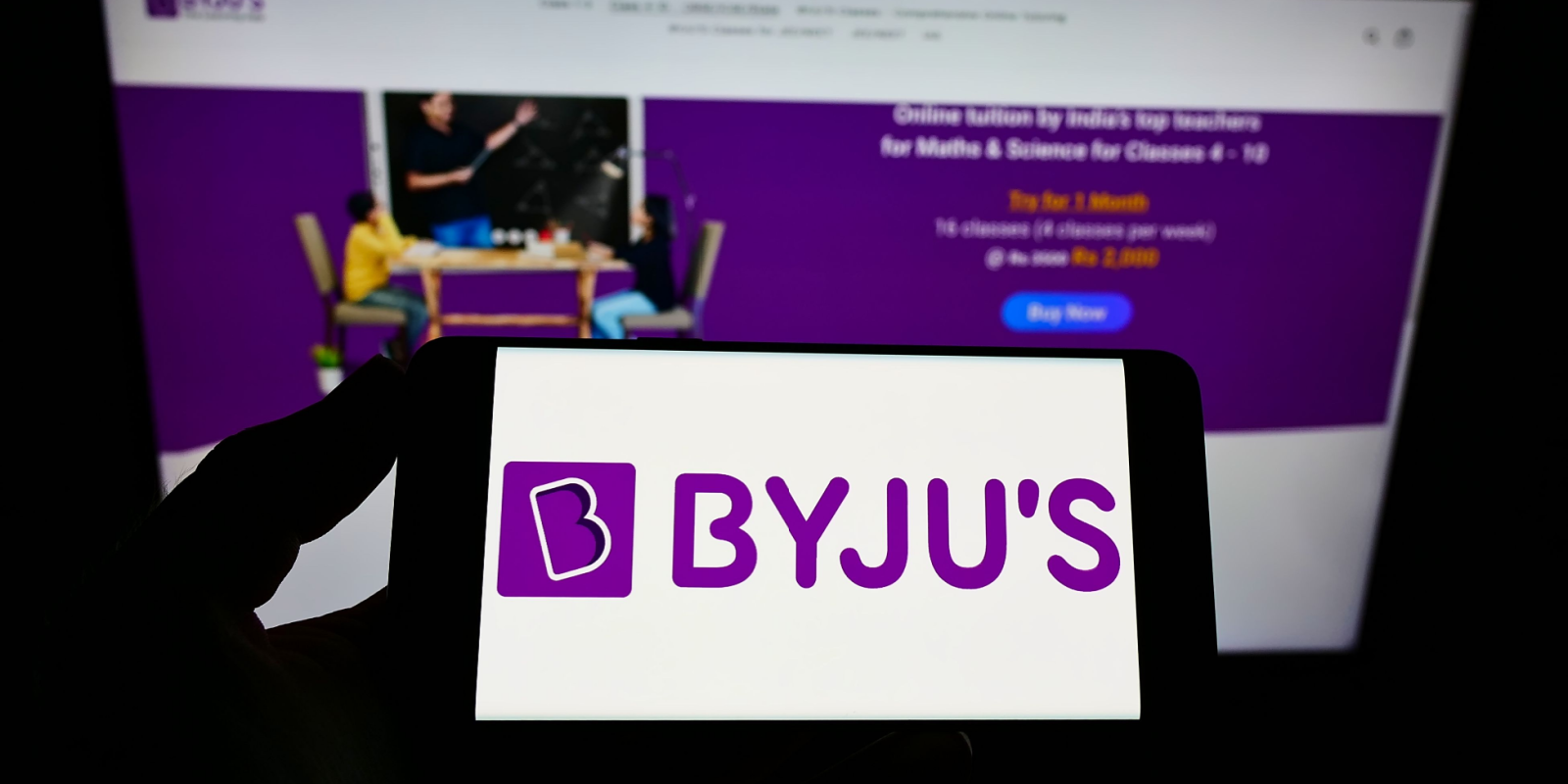[Matrix Moments] Ecommerce in India is going beyond Flipkart and Amazon
In this week’s Matrix moments, Avnish Bajaj, Founder and Managing Director, Matrix Partners India, and Rajinder Balaraman, Director, Matrix Partners India, discussed how the pandemic has transformed the world of ecommerce.
“Ecommerce through the pandemic has exploded across the globe and many ways it has condensed multiple years of growth into one,” said Rajinder Balaraman, Director, Matrix Partners, India. But the question is it is this phenomenon going to last and does it add value?
While there has been an accelerated growth in space, one isn’t sure which version of this change we actually are experiencing. Avnish Bajaj, Director, , said, “The joke about forecasting is - if you don’t give a timeline to it, it will be eventually right.”

What does this mean for India?
Geographically, these work differently. Taking the example of ecommerce penetration in the US, Avnish explained, ecommerce marked 10 percent of the US retail market in 2010, showing one percent growth by year. During the pandemic, this went to 16 to 26 percent.
“This is a decade in three weeks between the months of April to May 2020,” said Avnish.
More importantly, in India, there was a lockdown of ecommerce whereas in the US there was no lockdown for the ecommerce industry.
“I think in India what happened was, first, there was a lockdown even for ecommerce so it was a little bit slower. But I can tell you that similar inflextion has happened. India was probably at 3-4 percent before, it probably doubled. I was talking to people at , , they were expecting sales to grow in growth rate to be higher off a higher base 60-80 percent,” explained Avnish.
Growth beyond Flipkart and Amazon
There also is a proliferation of D2C brands, there also is this new nomenclature called NANF, which is not Amazon, not Flipkart brands.
Avnish added. “Due respect to the giants, but this indicates an important long tail that is happening in the market. But in my analysis, if this had happened in 2018, we wouldn’t have seen this level of acceleration. Multiple things have happened, like in 2016 Jio launched and demonetisation happened. Yet, the true adoption of broadband internet started in 2018 and 2019. TikTok, while now banned, had explosive growth. And these are important factors.”
He explained people became comfortable with content; you move from content communication to commerce WhatsApp accelerated communication, TikTok accelerated content, people were primed, they were ready.
People have now slowly graduated in the usage and apart from that, products like UPI added on to the stickiness.
The economics
“I think the whole last mile fulfilment network especially in smaller towns honestly wouldn’t have been as strong as it is today. Two, three years ago the TAT was still at two, three, four days versus now it’s sub 2 – which is actually a big trigger,” added Rajinder.
Also, the economics of the business is important, because the market had deepened in India. Here the CAC has also come to a level where you can make money. “D2C brands in Matrix’s portfolio are EBITDA positive, which again two to three years ago, the market was not deep enough so your CAC wasn’t good. So I think it all kind of comes together on logistics,” adds Avnish.
Adding to this Rajinder took an example and said, “I was speaking to someone at Flipkart as well and they were saying that for the first time the non-top 100 cities actually accounts, for now, greater than almost 50 percent of their business. And that trend is actually accelerating, which seems to suggest that the behaviour and the habit formation is now real outside of just the top 100 cities that we all relate to.”
In all likelihood, this behavioural shift is here to stay.
Listen to the podcast here.
Edited by Saheli Sen Gupta






![[Matrix Moments] Ecommerce in India is going beyond Flipkart and Amazon](https://images.yourstory.com/cs/2/a9efa9c02dd911e9adc52d913c55075e/Imagek82z-1608901454168.jpg?mode=crop&crop=faces&ar=2:1?width=3840&q=75)






